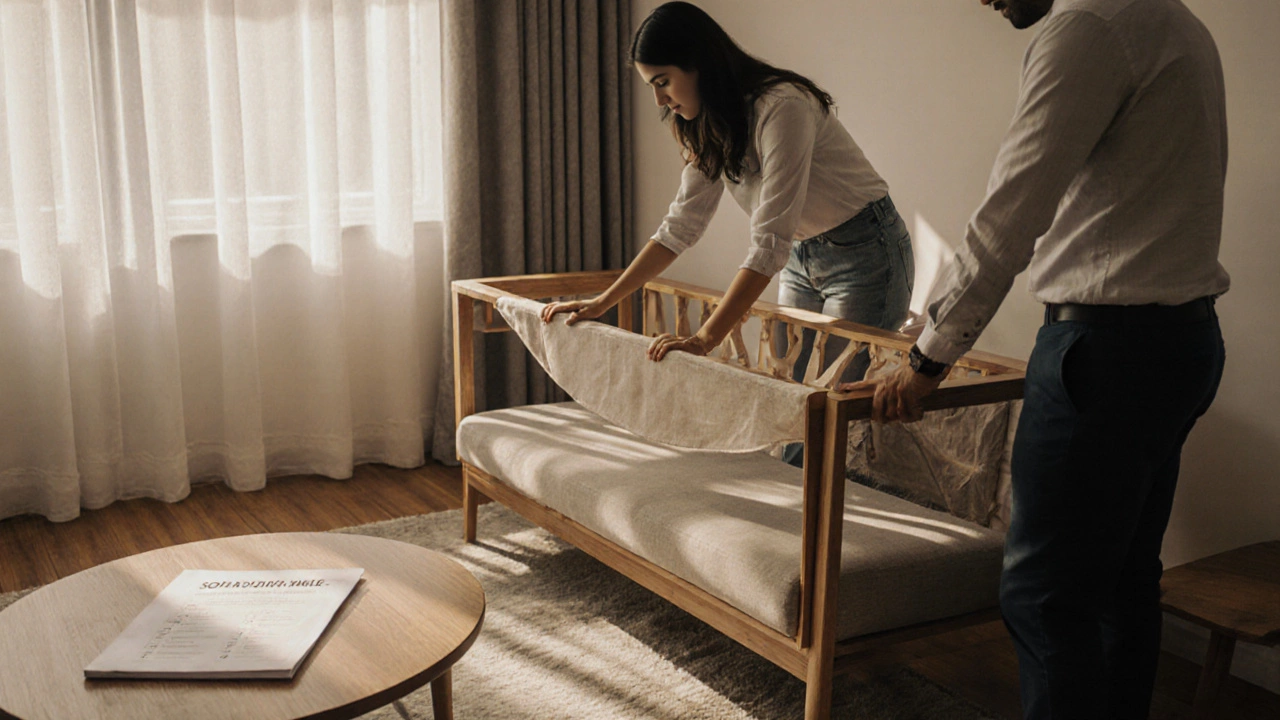Sofa Construction: What Makes a Sofa Last and Feel Right
When you buy a sofa, you're not just buying fabric and padding—you're buying sofa construction, the hidden engineering behind how a sofa holds up over time. Also known as frame and fill structure, it's what separates a sofa that lasts ten years from one that sags after six months. Most people focus on color or style, but if the inside doesn’t work, the outside won’t matter.
A good sofa frame, the skeleton that supports the whole piece is usually made of hardwood like kiln-dried oak or maple. Cheaper sofas use particleboard or softwood—they warp, crack, and twist. The joints should be glued and screwed, not just stapled. You can test this by lifting one corner—if the whole sofa wobbles, the frame isn’t built right. Then there’s the sofa cushioning, what you sink into every day. High-density foam is the baseline. If it’s low-density, it flattens fast. Down-wrapped foam gives that plush feel without losing shape. Spring systems? Eight-way hand-tied are best, but sinuous springs are a solid, modern alternative.
sofa upholstery, the outer layer that touches your skin and gets worn down matters too. Performance fabrics like Crypton or Sunbrella resist stains and fading. Leather holds up longer than most people think—if it’s full-grain, not bonded. Avoid cheap microfibers that pill and look shiny after a year. And don’t ignore the legs. Solid wood or metal legs? Good. Plastic or flimsy wood? Red flag.
None of this is magic. It’s just physics and materials science. A sofa with a solid frame, quality cushioning, and durable fabric will outlast three cheap ones. That’s why a $2000 sofa can actually save you money over time. You’ll see this in the posts below—real examples of what works, what doesn’t, and how to spot the difference before you buy.
